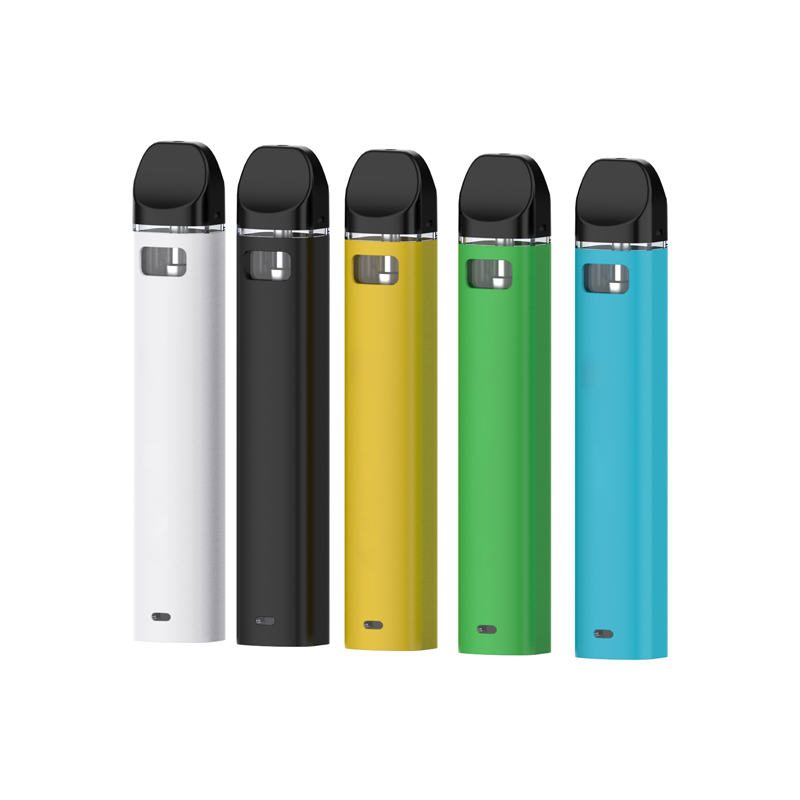In recent years, vaping has become a widespread trend, with users often seeking alternatives to traditional smoking methods. From nicotine to CBD, the variety of substances available in vape pens continues to expand, catering to diverse preferences and needs. However, for fitness enthusiasts, the question remains: how does vaping affect your workout regimen? Whether you’re using nicotine or exploring the latest trends like Wholesale empty disposable vape pens, understanding the potential impacts on your physical performance is crucial.
1. Nicotine and Cardiovascular Function
Nicotine, a common ingredient in many vape products, can significantly affect cardiovascular function. It acts as a stimulant, increasing heart rate and potentially elevating blood pressure. These effects can influence overall performance and endurance for individuals engaged in cardio-focused workouts such as running or cycling. While short-term nicotine use might provide a temporary energy boost, chronic use could lead to long-term cardiovascular issues, impacting both your exercise capacity and overall health.
2. Respiratory Health Concerns
One of the most significant concerns associated with vaping is its potential impact on respiratory health. While Wholesale empty disposable vape pens offer convenience and ease of use, the inhalation of vaporized substances can irritate the lungs and airways. This irritation may be particularly problematic during intense physical exertion, such as weightlifting or high-intensity interval training (HIIT), where efficient oxygen intake is crucial for optimal performance. Persistent lung irritation can diminish respiratory efficiency over time, affecting your ability to sustain peak athletic performance.
3. Influence on Recovery and Muscle Repair
Another aspect to consider is how vaping may affect your body’s ability to recover post-workout. Proper recovery is essential for muscle repair and growth, both of which are fundamental to improving fitness levels. Substances like nicotine could potentially interfere with these processes, impacting protein synthesis and delaying recovery times. For athletes focused on achieving peak performance, ensuring adequate rest and recovery periods without additional stressors is vital.
4. Hydration and Performance
Vaping can also impact hydration levels, albeit indirectly. Many vape liquids contain ingredients that can contribute to dry mouth and throat, which may lead to dehydration if adequate fluid intake is not maintained. Dehydration can impair physical performance, reduce endurance, and hinder muscle function. Maintaining proper hydration is critical for optimal workout performance and overall health, making it essential to consider how vaping habits may affect fluid balance.
5. Psychological and Behavioral Factors
Beyond the physical effects, vaping can influence psychological and behavioral aspects that are integral to consistent fitness routines. The addictive nature of nicotine, for example, can create dependency and cravings that may distract from workout goals. Additionally, the ritualistic nature of vaping—taking breaks to use a vape pen—can disrupt workout flow and concentration, potentially affecting overall exercise efficiency and enjoyment.
Conclusion
While vaping may offer certain conveniences and perceived benefits, its potential impact on fitness and workout performance cannot be overlooked. From cardiovascular implications to respiratory health concerns and effects on recovery and hydration, the choices individuals make regarding vaping can significantly influence their ability to achieve fitness goals. As with any lifestyle choice, informed decision-making and moderation are key. Understanding the full scope of how vaping affects your body during exercise empowers you to make choices that support both your short-term performance and long-term well-being.



